The Alaskan Arctic in autumn: Last gasps of color and light before the dark of winter
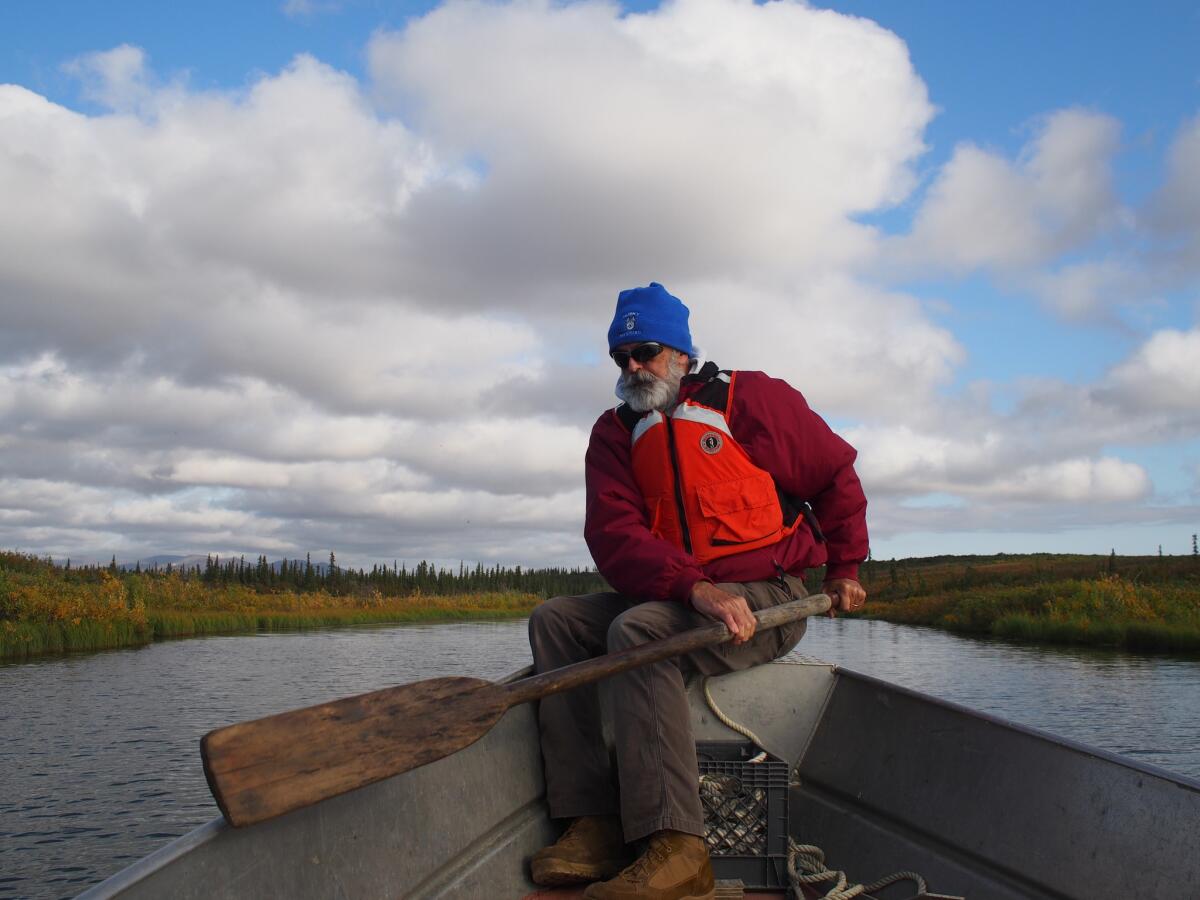
Two dozen ravens circled above Hugo Mountainâs gray crags, swooping, pairing and paralleling one another in a whirl of courtship. As autumn arrives in the northwest corner of Alaskaâs Arctic, the land is folding in on itself in a riot of activity, color, cold air and sunshine â the natural worldâs last shout before the arrival of dark and ice.
âI like the fall up here,â said Jay Denton, an educator raised in North Carolina whoâs spent the last decade in the small towns and villages of the region. Now he lives in Kotzebue, the town of some 3,200 residents about 20 river miles from Hugoâs bald dome.
Denton stared down at the broad cursive of the Noatak River as it trickled from the western edge of the Brooks Range toward the Chukchi Sea, flanked by taxi-yellow willows and spiky green spruce and miles of rolling tundra.
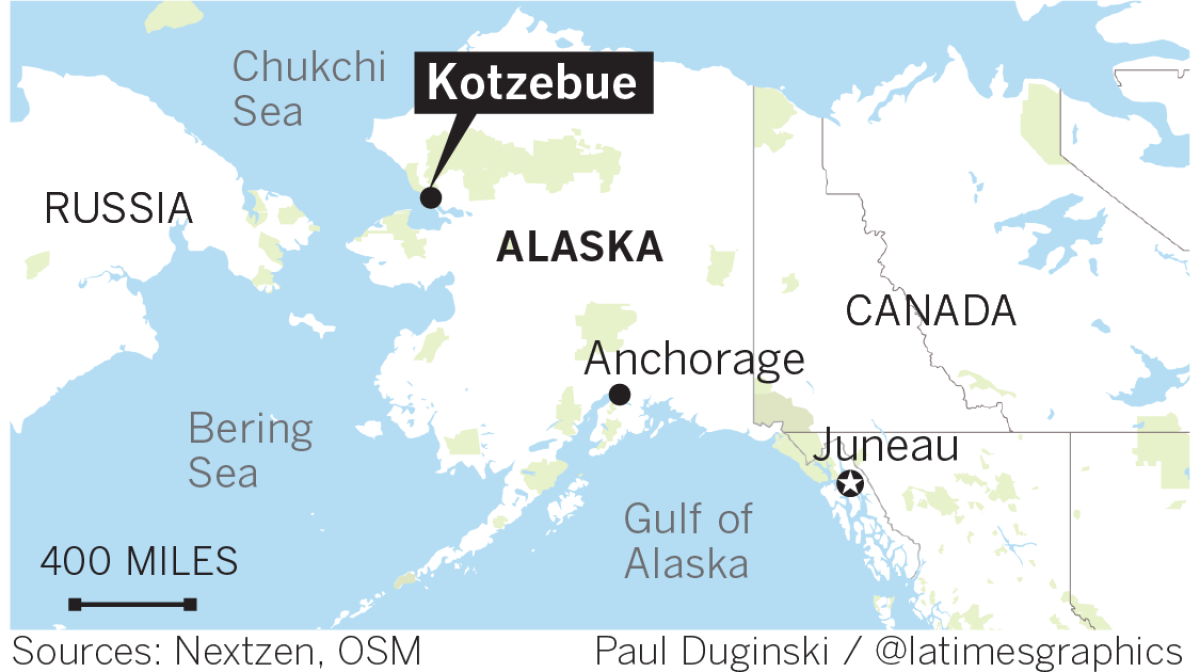
Fall in the Arctic is something to behold. It begins with a rush of chilled air that prompts the vegetation to change, a shift in the light, and a flurry of movement, both human and animal. It is a season of paradoxes as the flora and fauna come alive on the cusp of winter. But thereâs also the inevitable feeling of decay, of an ephemeral landscape slipping away.
This part of the country rarely makes headlines, even in Alaska. It was front and center for a day or two in 2015 during a visit from Barack Obama, the first-ever trip by a sitting U.S. president to the American Arctic. A celebration was held in the school gym. More recently, the tragic case of a missing 10-year-old girl found dead after a frantic weeklong search elicited gestures of support from around the state, with residents donning purple, Ashley Johnson-Barrâs favorite color.
Denton gestured toward the yellow and green vegetation, which wonât stay that way long. âThatâll go straight to brown right there,â he said. There might be a brief interlude of red on the way.
And that autumnal sense of decline is accompanied by a sensation of gratitude and optimism prompted by morning frost and the return of a dark night sky after months of inescapable sunlight.
Rising prominently along this stretch of the river is Hugo Mountain, a semi-popular hiking destination for Kotzebue residents and their guests, graffitied with the names of visitors written in fist- and head-sized stones gathered from the scree: Ted, Dana, Haiden, Carl, Amanda.
The journey upriver to Hugo in early September is a minor Arctic safari. Angular sandhill cranes perch like tan, circumspect flamingos in reed patches. Round, black seal heads pop out of the water, take an observant breath, then disappear, diving back below with a shimmering flourish. Disintegrating salmon carcasses rot among the riverbedâs roots. The occasional falcon circles around the thin clouds.
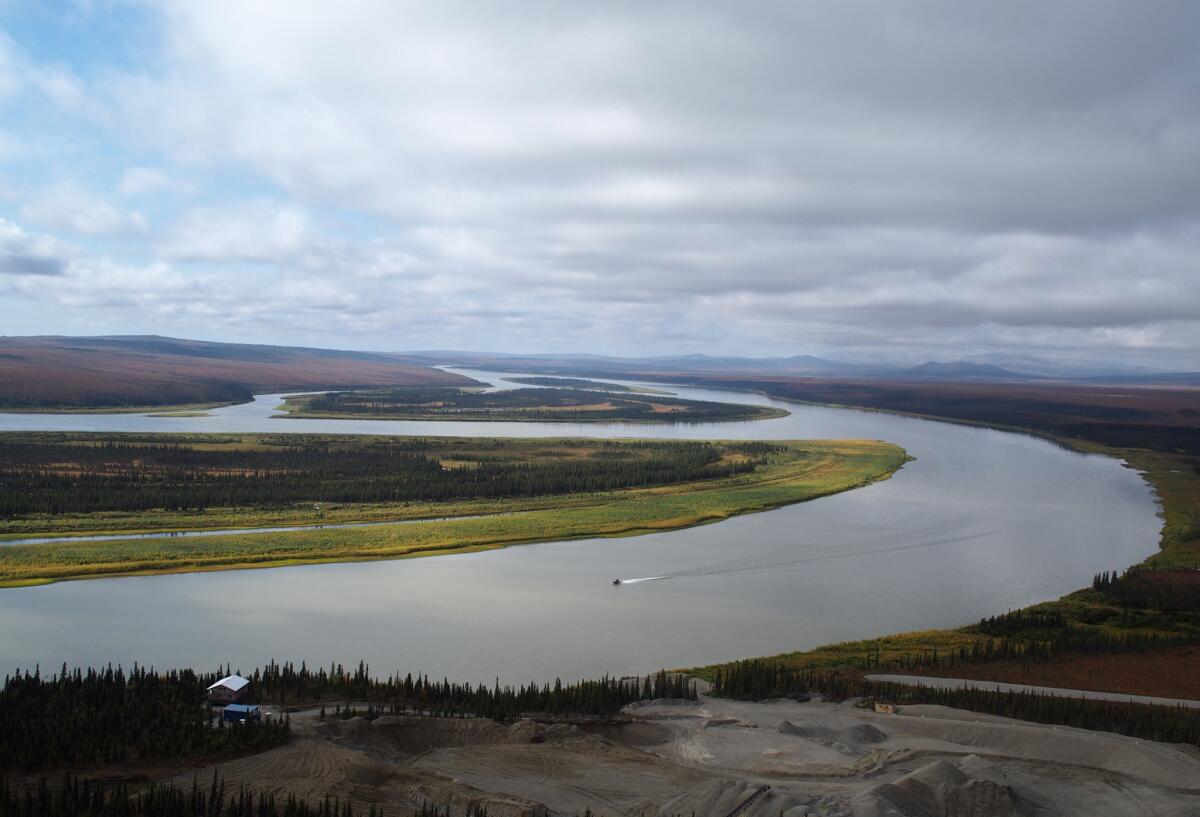
Hidden in the vegetation and distance is the source of coveted red meat â caribou and moose.
âThis time of year itâs really satisfying to gather your own sustenance,â said 34-year-old Hans Hansen. Born and raised in Kotzebue, Hansen practices a hybrid lifestyle melding traditional subsistence hunting with the demands of a professional life in town as a physical therapist, husband and father. It means his fall weekends are spent looking for nourishing flesh to put away for the winter.
âIf I could, Iâd take the whole month of September off,â Hansen said. He grew up hunting, taking his first caribou at 12, his first moose in 9th grade. The season is optimal for meat harvesting. The summer-plumped moose are moving. The caribou herds begin migrating south. Hansen loves the fall, not purely for the pragmatism of the season, but the sensation it enlivens.
âThe hunting gets you to establish a stronger connection being out in the nature,â he said.
Summer in the Arctic is intense. The sun never sets, hovering omnipresent with a glaring light that rarely relents. Bugs swarm incessantly. As the melting winter snow turns into mud, a kind of stasis sets in.
âSummer up here is boring,â as Hansen put it.
But in August the land starts cooling off. The angle of the sun begins to sharpen. Colors saturate the long sunsets. The promise of restful dark nights and the mystery of stars return. Wild berries spring forth on the tundra like tiny jewels.
âBerry picking is part of life,â said Faith Jurs, principal of the school in Noorvik, a small community of fewer than 700 people 43 miles upriver from Kotzebue.
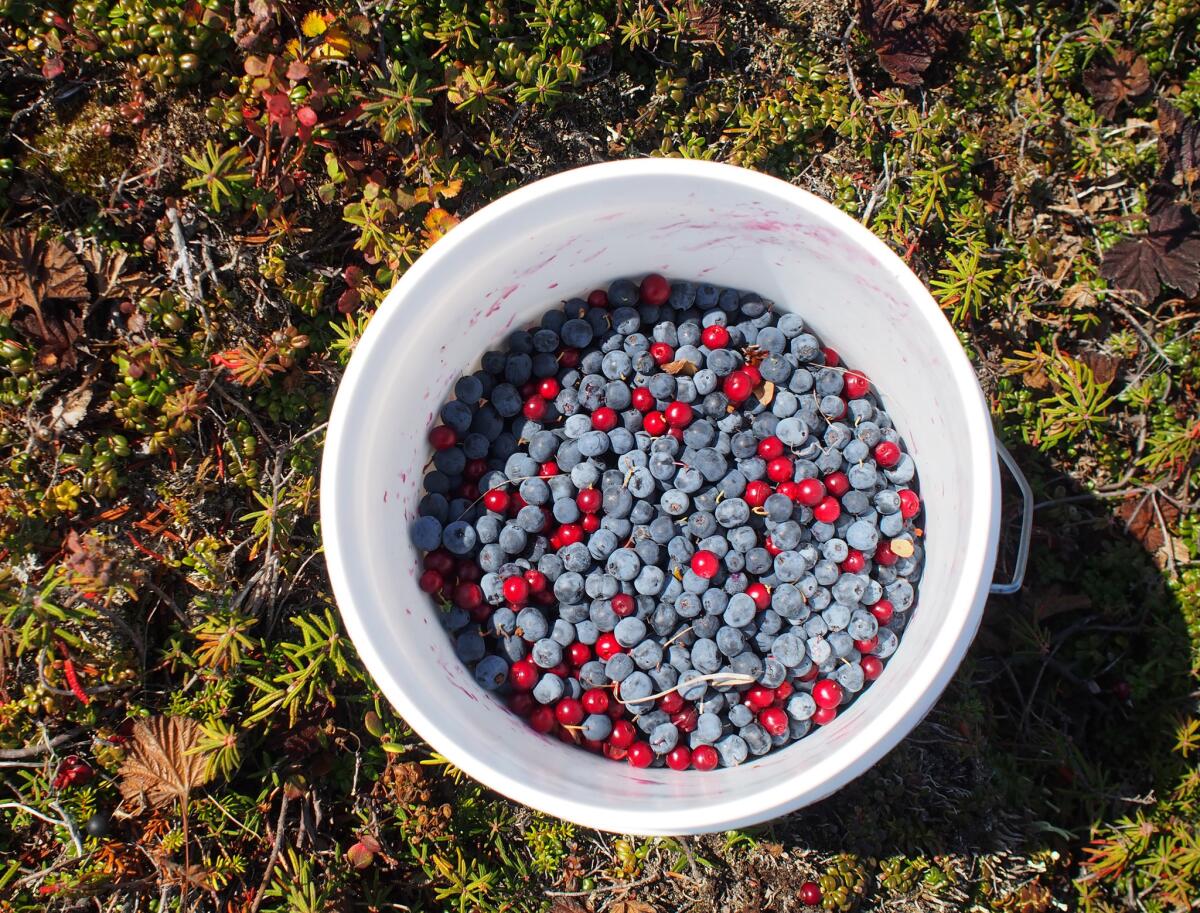
The infinite tapestry of the tundra assumes more detail as clusters of ruby-red cranberries plump up. Low-bush blueberries dangle from scrubby vegetation like soft-skinned sapphires.
âBerry pickingâ means something different here than in the Lower 48, where you might pay by the pound to roam the orderly rows of a tame orchard. Here itâs free and wild. Folks spend hours scouring the ground, often conscripting their kids to help fill buckets with gallons of berries.
Much of it will be frozen for winter. In a part of the world where store-bought food is expensive and people still wrest enormous shares of protein from the land, sea and air, berries are one of the few locally available fruit options, a rare burst of sweet flavor in the dark tedium of deep February.
According to Jurs, if you miss the weeks-long window to spend hours berry plucking, in Noorvik, folks will call out over the townâs VHF radio â a sort of community-wide intercom still popular in rural bush communities â with offers to sell a gallon for $45. âI think thatâs a bargain.â
Even though it was 9 p.m., Jurs was sitting in a lawn chair wearing sunglasses, enjoying the steep orange rays of sunlight, even as the chill air necessitated a jacket.
âItâs the perfect amount of light,â she said of the season.
Jurs was in Kotzebue visiting her honey, Joe Groves, who in between sips of his drink would tend to cooking on the porch. Through the evening small plates suddenly materialized with samples of piping hot meatloaf, or freshly caught trout cooked so tender it dissolved at first taste like a meringue.
âSoon those greens wonât be there, the caribou wonât be there, and the moose wonât be fat,â Groves said of the fleeting fall.
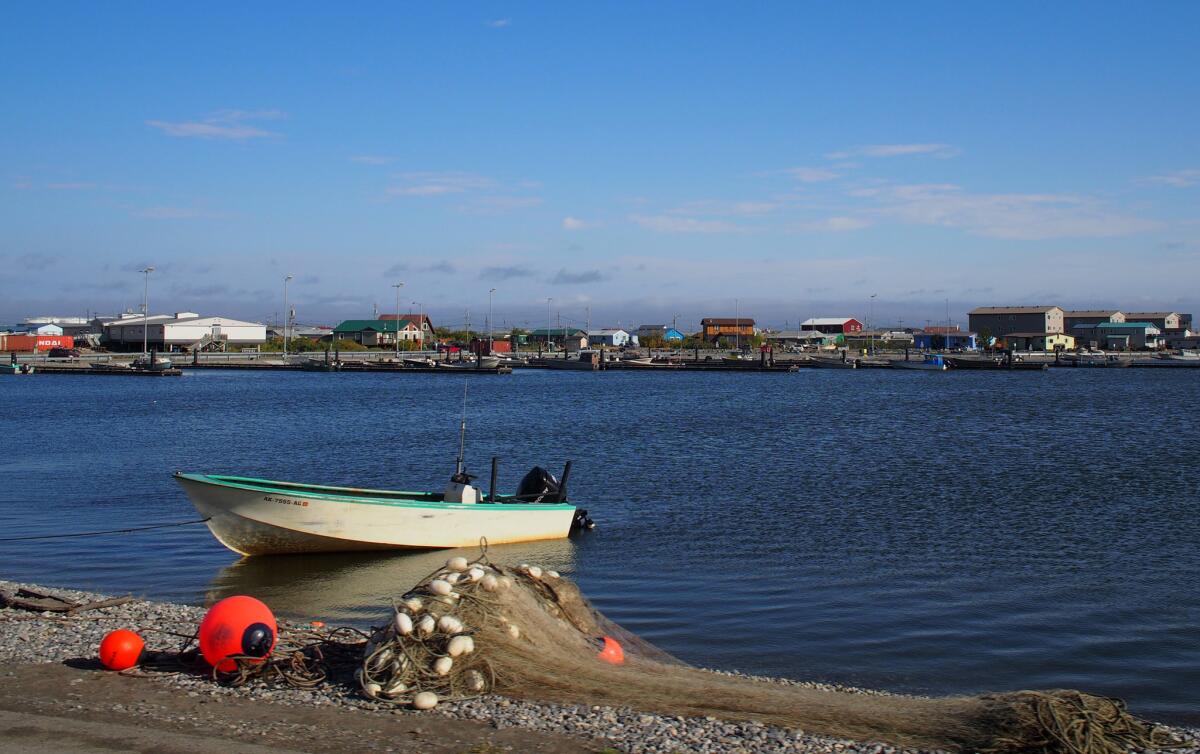
Historically, fall was a difficult time, Groves said, because it used to be brief and intense. Climate change is altering that rhythm. The Arctic is warming much faster than southern environments, and fall is a prime example: The season is elongating.
âIt starts earlier and lasts longer,â Jurs said. When she first came to the region 22 years ago, it snowed without fail before her birthday on Sept. 13. âNow it may or may not.â
Years ago, there was no chance of launching a boat in the river during October because the ice would have started forming. âNow youâre almost guaranteed two weeks in October,â Groves said.
The flip side is a later freeze-up along the rivers and tundra, delaying travel by âsnow machine,â as Alaskans call snowmobiles, later and later. The variability is an undeniable threat for the region: unpredictable ice conditions, coastal erosion, changing animal patterns, infrastructure havoc â and unforeseen variables yet to pour out of a Pandoraâs climatological box.
But for inhabitants it is not a uniform blight.
âThis season is wonderful,â Jurs said. âIt used to be like two weeks long, and now it might be six weeks long. Which is bad for the world and great for us.â
Even for fans, the pleasure is unsettling.
âI know global warming is terrible,â Jurs said, âbut itâs kind of nice.â
Hughes is a special correspondent.
Sign up for Essential California
The most important California stories and recommendations in your inbox every morning.
You may occasionally receive promotional content from the Los Angeles Times.







